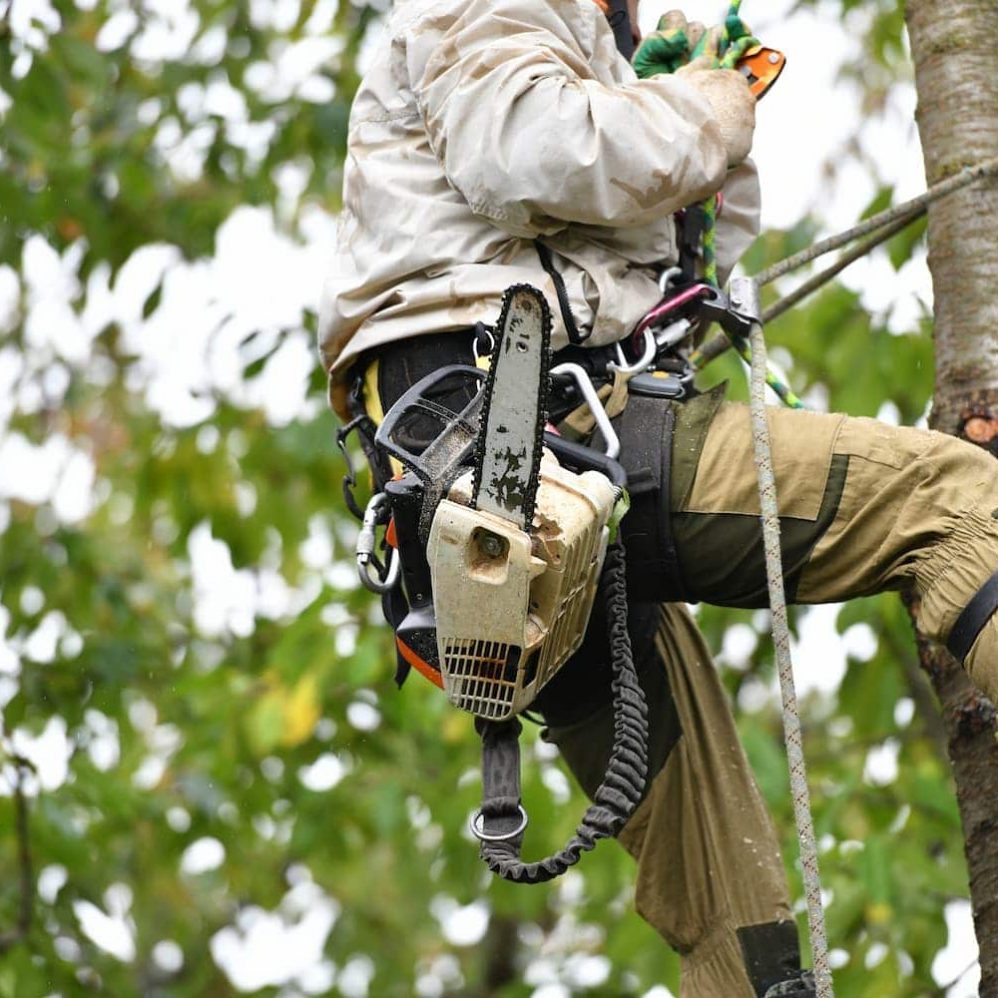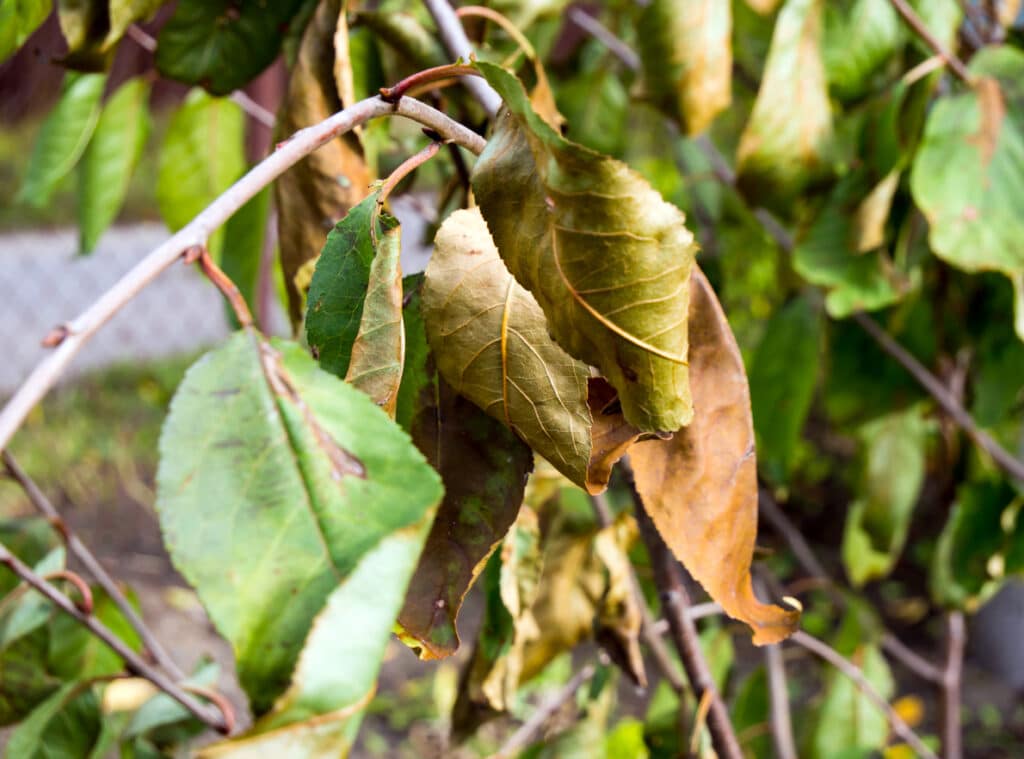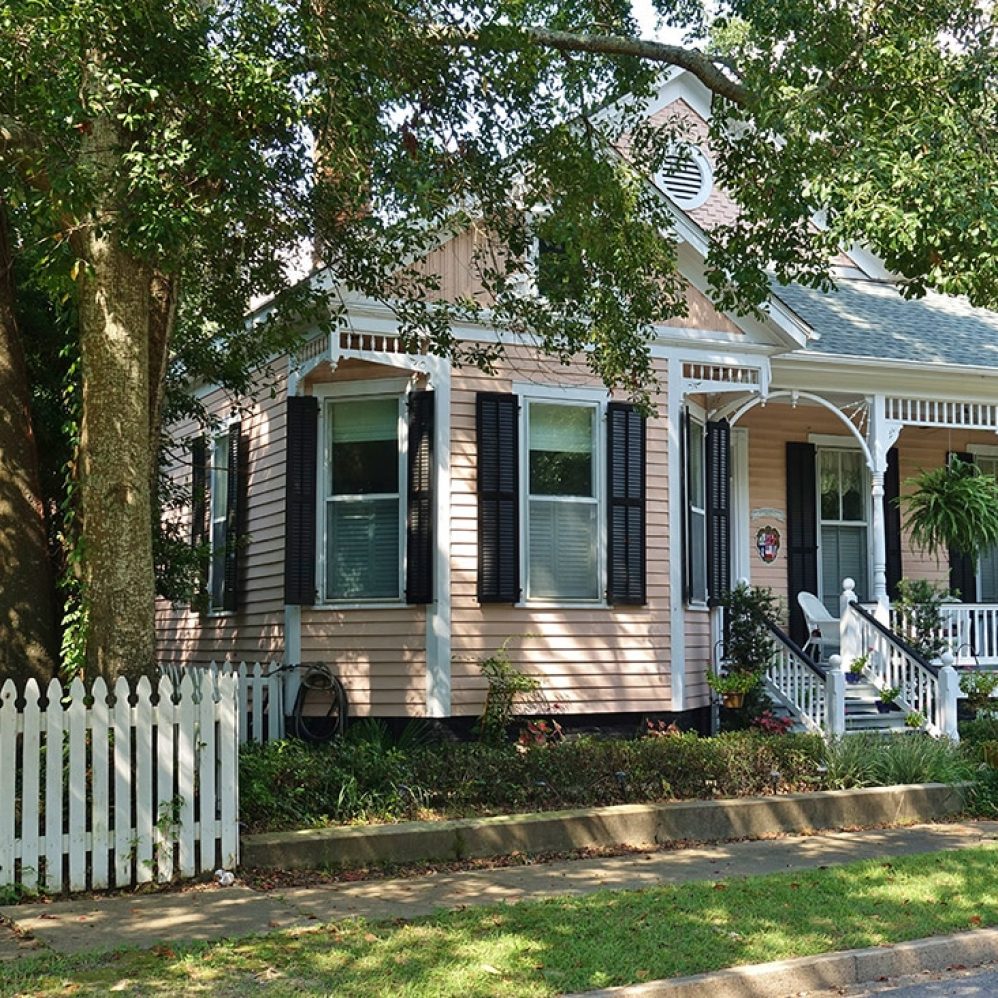Wood-decay fungus often causes the rotting of the internal section of a tree. This pathogen penetrates the inside of the tree trunk or branches via a wound. Things like storm damage, birds, boring insects, and improper pruning can injure the protective bark of a tree, creating decay-triggering wounds. Diseased tree heartwood often makes the tree trunk, branches, and other parts softer, weaker, and more prone to further damage.
Abnormal Fungus and Growths
A vital indicator of a tree undergoing internal rot is the formation of abnormal fungus-like growths on the tree branches and trunk. The most common fungus that causes internal rotting is fomes fomentarius. It can be gray to brown in color, and it produces a fruiting body that resembles a stiff horse’s hoof. This fungus is made up of millions of miniscule spores. Once the fungus finds its way into the tree’s heart, it will start growing and may ultimately cause the death of the whole tree.
Growth of a Brown Structure at the Tree’s Bottom
Inonotus dryadeus is a common fungus found in trees that have internal rot. It leads to whitish roots in trees, especially oaks. The fungus forms close to the nearby soil and grows into a lopsided lump with a dull creamy surface. As it ages, the beige exterior turns brown, and the swelling will harden and change to black, ultimately infecting other parts of the tree. This problem is hard to treat, and the best solution is to consult a professional when you notice such signs.
Dead Branches
The most notable sign of a decayed tree with internal rot is the appearance of dying leaves or branches. When the decay hasn’t eaten much of the tree’s internal system, the leaves change in color. As the rot grows over time, you’ll see more dead leaves and falling branches. If you notice that your tree’s branches and leaves are changing color and dying, call a professional to inspect the tree and recommend the most viable solution.
Pests and Insects
Dead tree bark has an extensive range of nutrients that pests and insects feast on. Animals and insects such as worms, woodlice, and millipedes feed on these nutrients. Rodents can dig deep into the tree, searching for the rotten part of it. If you notice more pests and insects are invading a certain tree, it could be a sign that its internal system has a rot that is attracting the attention of such creatures.
Trees experiencing rotting issues are hard to maintain and care for. Leaving the rot unattended could only mean one thing; your tree will succumb to the rot over time. Whenever you notice signs of decay in your tree, talk with your local arborist for advice and solutions. For high-quality tree inspection, pruning, and removal services in Mobile, AL, contact our highly talented specialists at South Coast Outdoor Service.





